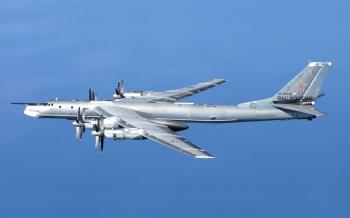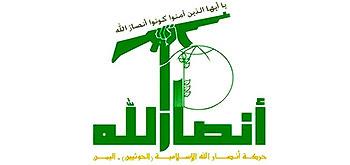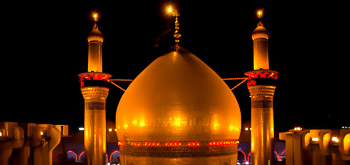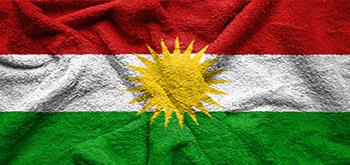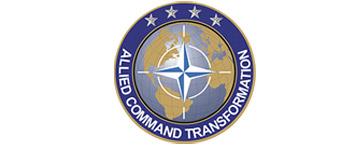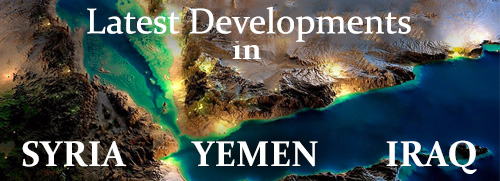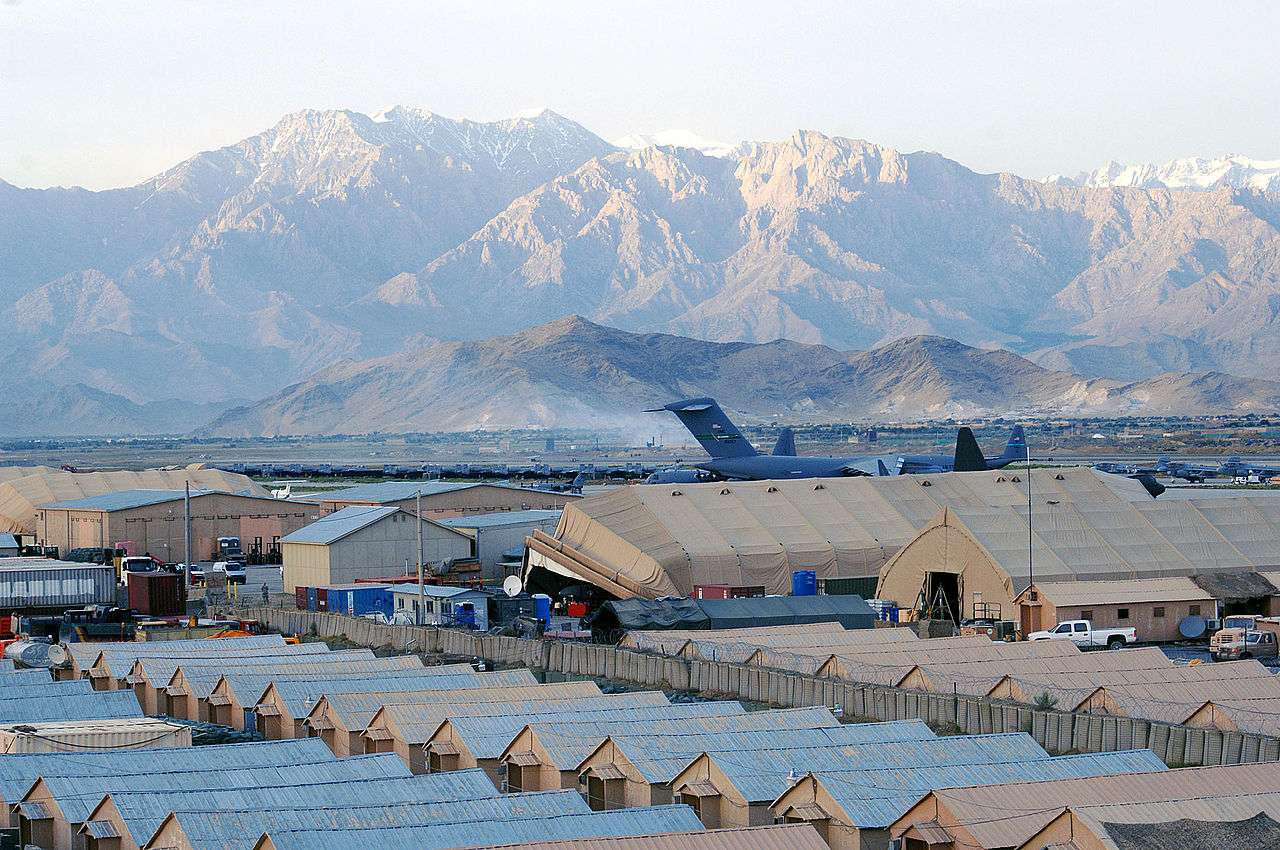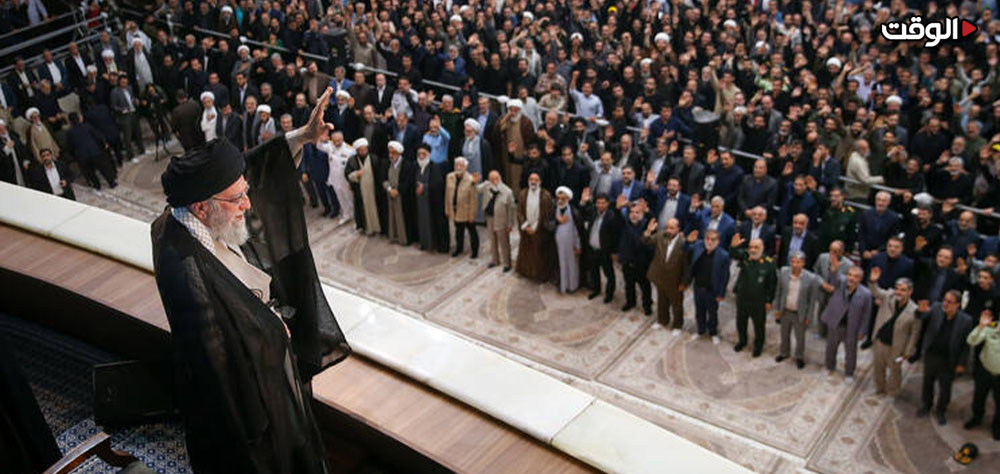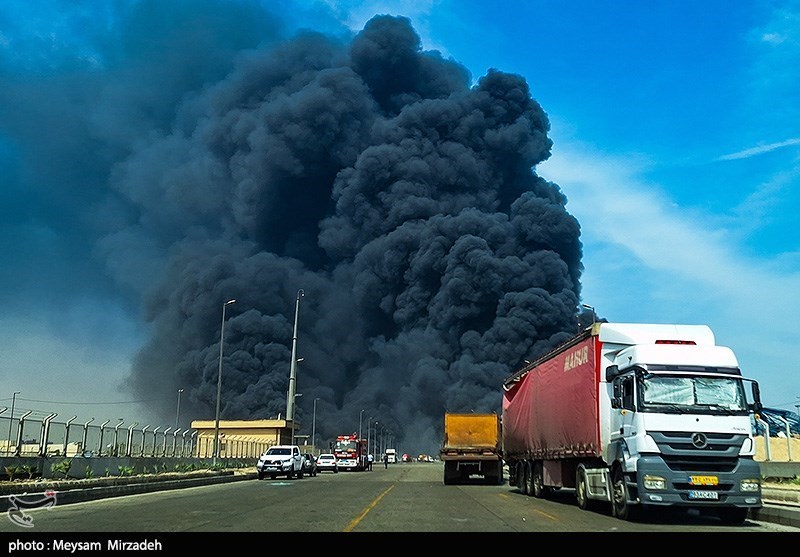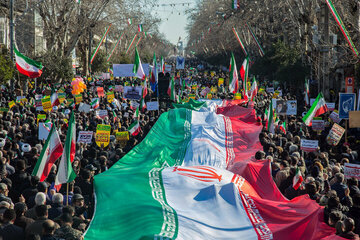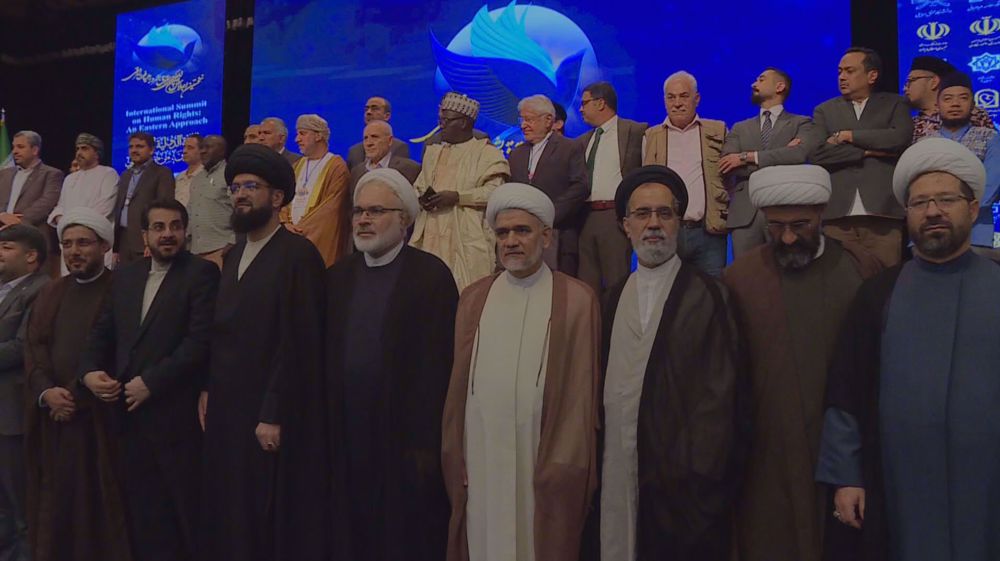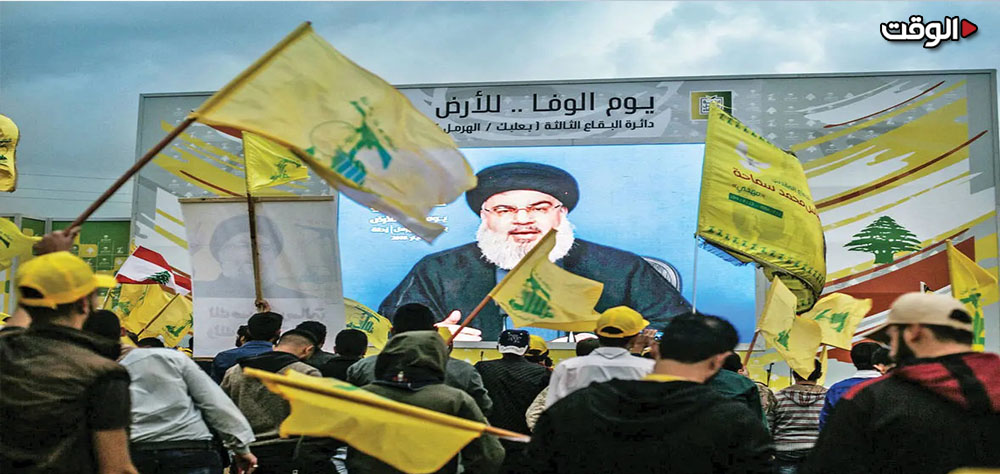Alwaght- The withdrawal of the US military forces from Afghanistan in August 2021 that followed Doha peace deal between Washington and the Taliban for many marked an ending point for two decades of the direct American military presence in this war-ravaged country. But recent remarks by President Donald Trump have unveiled realities suggesting that part of Afghanistan military infrastructures especially the strategic Bagram base have not only been fully evacuated, but also they remain under the control of the American forces. This raises an important question about the true intentions of the US and the terms of the secret Doha deal.
On Thursday, during a speech at the US base in Qatar, Trump said that "we're going to keep Bagram Air Base. We weren't going to give that up because it's one hour away from China. One hour." He further claimed it is currently held by China. "You know who occupies it now? China." He had earlier said that China produces its nuclear missiles in a region just one hour from Bagram.
With these statements by Trump, it becomes clear that one of the secret terms of the Doha agreement had to do with implicit permission of the Taliban to maintain the Bagram base by the US. While the Taliban has repeatedly denied any continued presence of foreign forces in Afghanistan, unofficial information indicate that a number of American military and intelligence personnel or private security companies remain at the base.
In this connection, earlier in April, sources reported that recently a American Boeing C-17 transport plane carrying military equipment and armored vehicles landed at the base and the strange thing about the incident was that CIA Deputy Director Michael Ellis was among the people who arrived at Bagram base on this plane. This is while Zabihullah Mujahid, the spokesman for the Taliban government, called these reports "propaganda" aimed at misleading the people and emphasized that the Taliban would not allow a foreign military presence in Afghanistan, saying: “There is no need for such a presence at this time.”
Bagram's strategic importance
Located in Parwan province and just 40 kilometers north of Kabul, Bagram base has been turned into one the most important command centers of the US combat and intelligence forces in the past two decades. Maintaining the base even after the official withdrawal reflects Washington’s new approach to indirectly managing Afghanistan’s political and security developments; an approach in which economic sanctions play a decisive role as a military complement. By imposing sanctions and blocking Afghanistan’s financial resources after the Taliban took control, the US has paved the way for indirect pressure and bargaining. In this context, Bagram is considered not only a military base, but also a center for intelligence and monitoring, crisis management, and strategic pressure.
Given this significance, Bagram works not just as a military base but as an instrument for intelligence and exerting pressure remotely. Using this infrastructure, the US can collect security and political data, watch movement of militias, and in the critical conditions manage the developments with limited and targeted intervention.
Bagram replacing Iraq
By keeping Bagram base, the US is seeking to establish for its military a logistics station and actually a replacement for cutting direct military presence in Iraq. In recent years, the US forces in Iraq have been on a shaky ground. On the one hand, they were targeted repeatedly by the resistance forces and on the other hand the Iraqi parliament and public opinion insistently call for the foreign military exit from the country.
In such circumstances, the US is trying to pave the way for a gradual withdrawal from Iraq by transferring part of its intelligence, logistical, and operational capabilities to Bagram, without weakening its regional influence. Bagram's geographical location, at a relatively safer distance from direct threats, allows Washington to both monitor security developments in West Asia and, if necessary, intervene in the process of developments in Iraq in a targeted manner. This strategy is considered a type of controlled retreat.
Containing China-Russia-Iran triangle
One of the key and strategic aims of the US behind keeping its limited military presence at Bagram base is containing the growing Chinese influence in Afghanistan. In recent years, China has tried to consolidate and expand its foothold in Afghanistan by investing heavily in mining and infrastructure projects, as well as connecting it to “Belt and Road Initiative" (RBI) megaproject. These actions are considered by Washington as a serious threat to the West’s strategic interests. In this regard, the US, using its intelligence and military capabilities in Bagram, is closely monitoring China’s movements and preventing it from completely dominating Afghanistan’s rich resources and geostrategic position— a point that Trump himself has explicitly confirmed in his statements.
From another aspect, geographical position of Bagram which is close to Iran's eastern borders provides an exceptional opportunity for the US to closely watch the Iranian regional policies and activities and confront them if necessary. Iran has increased its influence in recent years, especially in western Afghanistan, but by maintaining the Bagram base, Washington, even with a reduced direct military presence, continues to maintain a post for observing Iran's activities through intelligence tools and indirect pressure. Therefore, this presence has become a kind of advanced listening post and monitoring center watching Chinese and Iranian activities in the region.
Additionally, Afghanistan works as a bridge to Central Asia, a region that has always been of high strategic importance for global actors. By maintaining Bagram, Washington intends to increase its influence in the region and through it to get closer to Russia's southern borders. Central Asia, which is traditionally known as Russia's backyard, is a strategic region for the Americans, where they are trying to change the balance of power in their favor by creating new spheres of influence.
Therefore, the continued American presence at Bagram cannot be regarded just a remnant of the past war but a part of a comprehensive and long-term strategy to check geopolitical rivals at the heart of Asia. This strategy, which is a mix of limited military presence, use of intelligence capacities, and also exertion of indirect pressure, is indicative of continuation of power competition in the region and highlights Bagram's role as a key point in the evolving equation.
In general, just contrary to what is officially said, the US withdrawal from Afghanistan does not represent end of an era, but start of a new stage of a indirect military presence and remove management. Maintaining Bagram base demonstrates precise and strategic planning of the US to save its foothold in Afghanistan and curb geopolitical rivals. Although catching small attention of public opinion, these developments have deep implications for future of regional security and international order.


